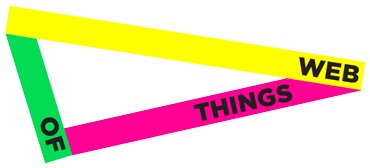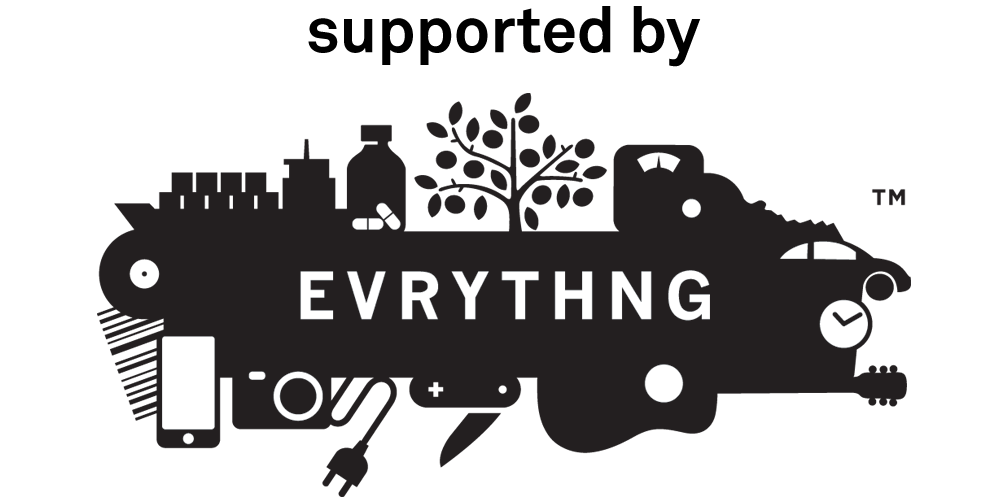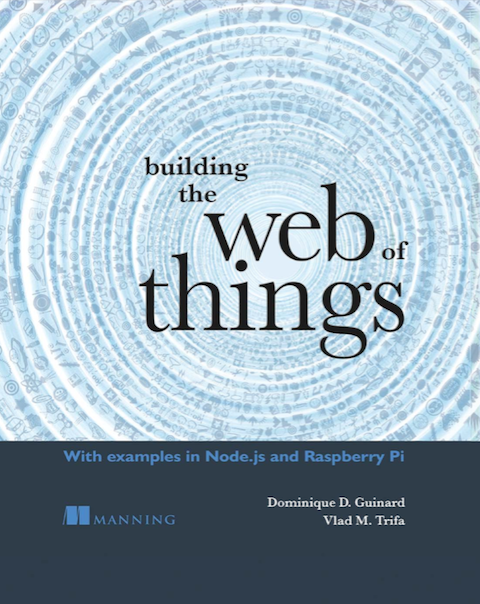David E. Culler, UC Berkley on RESTful Sensor Networks
Today, Vlad and I had the chance of taking part to a talk from David E. Culler from UC Berkley, one of the main TinyOS contributors. While Vlad is going to summarize the talk a bit later here, I’d like to talk a bit more about the end of the talk. One one of his slides he had a figure of what he would like to see implemented on WSNs at the node level. Besides a comprehensive IPV6lowpan (aka 6lowpan) stack he mentioned an implementation of HTTP and, moreover, a web server! The next slide was about sense making and...




